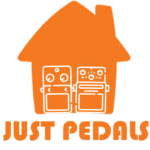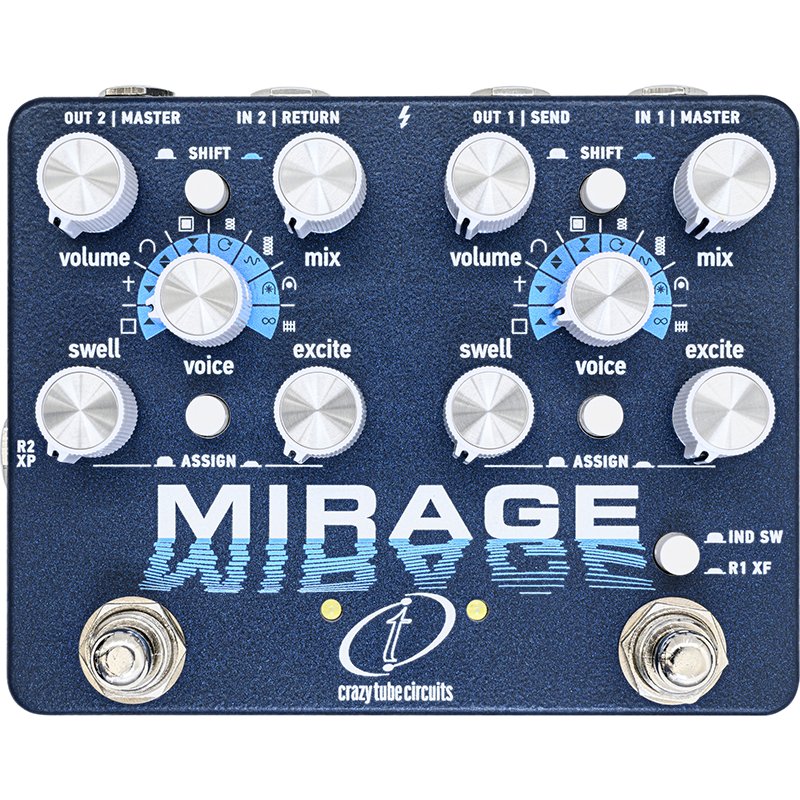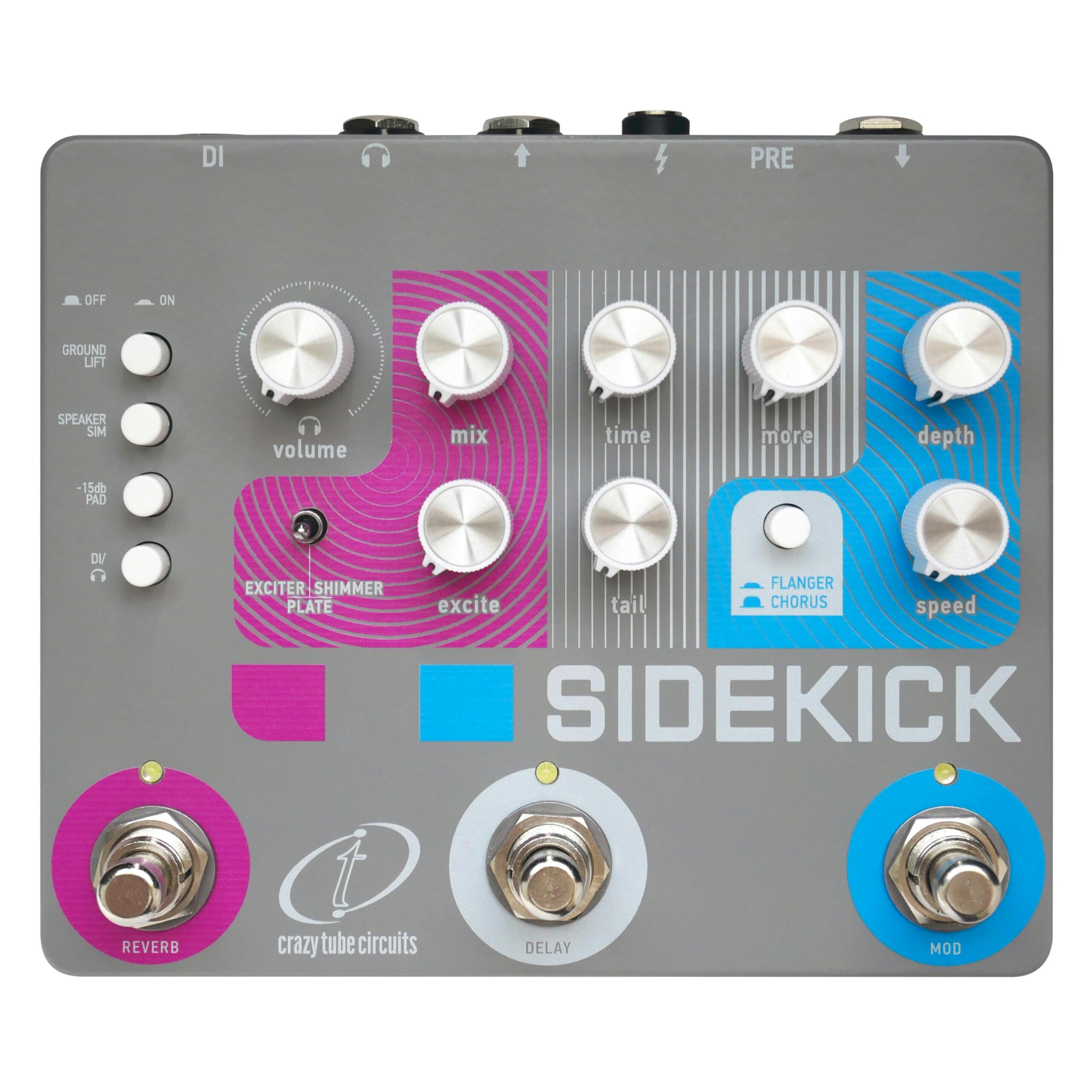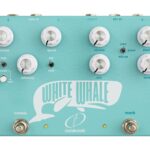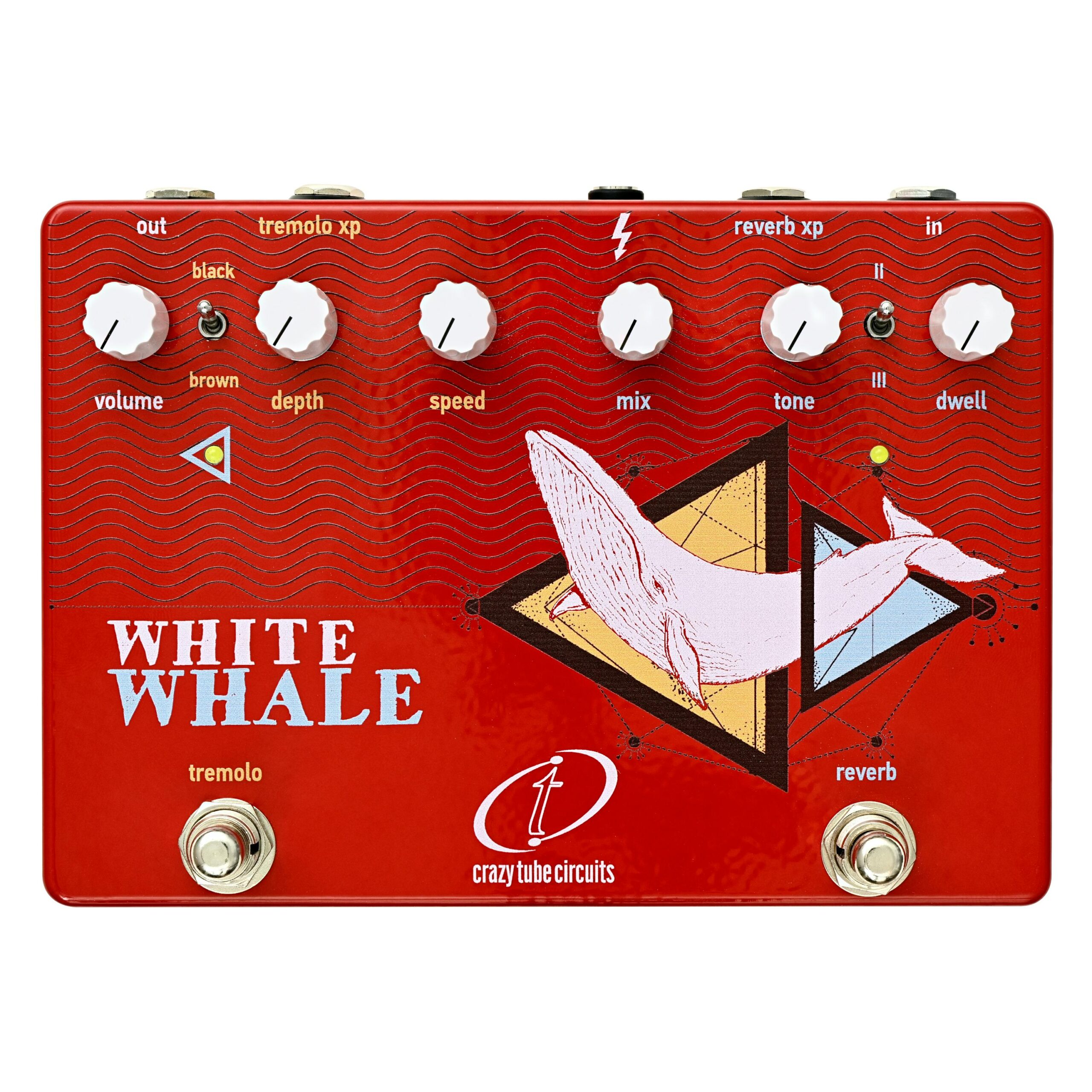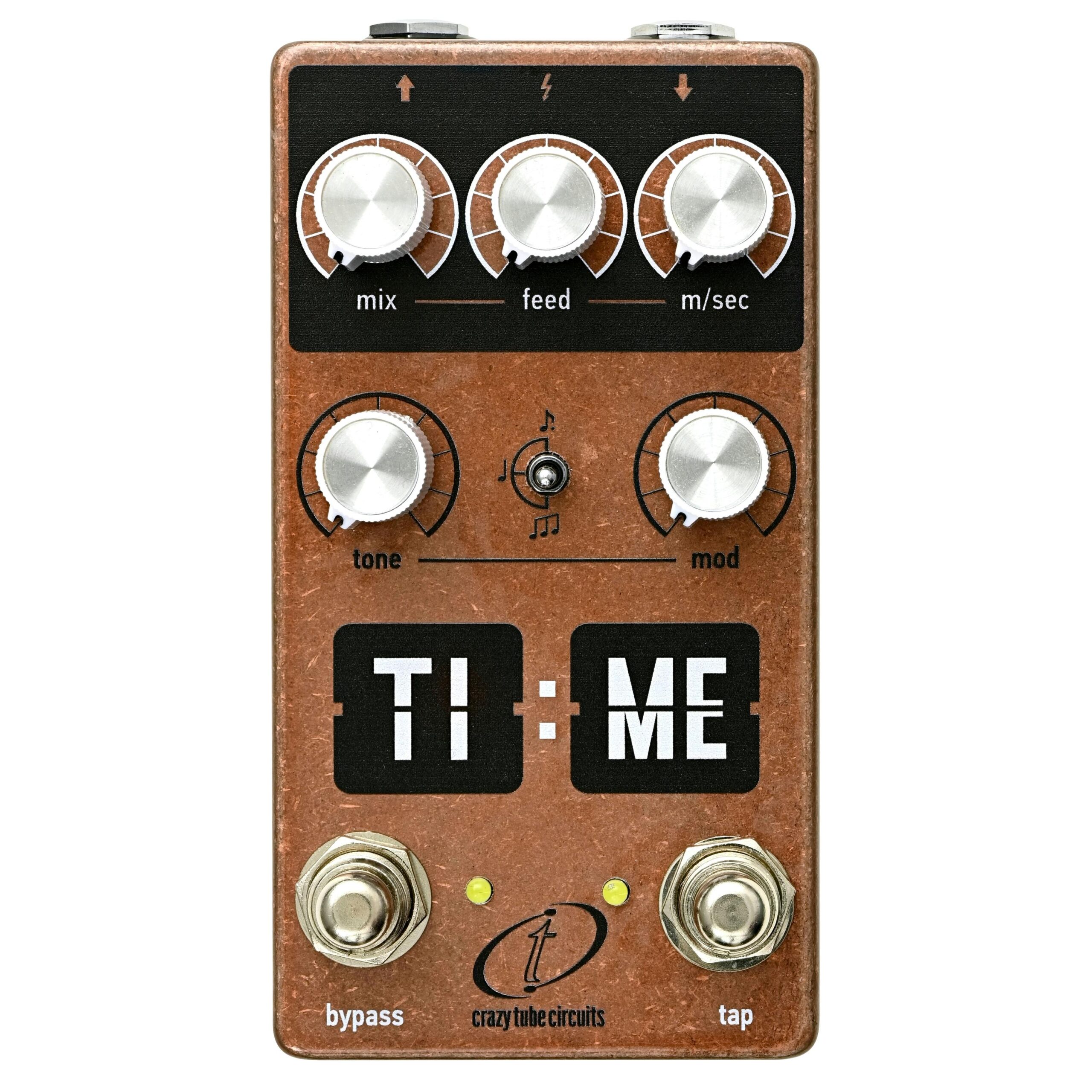Crazy Tube Circuits is a boutique pedal manufacturer based in Athens, Greece, known for its handcrafted effects pedals designed to deliver classic and modern tones with a unique twist. Founded by Christos Ntaifotis in 2009, Crazy Tube Circuits has gained recognition for its commitment to quality, innovation, and attention to detail.
One of Crazy Tube Circuits’ standout pedals is the Time Delay, a tape echo-inspired delay pedal that offers warm, vintage-style delay tones with modern features and flexibility. The Time Delay pedal includes controls for delay time, feedback, and modulation, allowing musicians to dial in a wide range of delay effects, from subtle ambiance to lush, modulated repeats.
In addition to the Time Delay, Crazy Tube Circuits offers a variety of other effects pedals, including overdrive, distortion, fuzz, modulation, and reverb pedals. Each pedal is handcrafted using high-quality components and features unique circuit designs, ensuring exceptional sound quality and reliability.
Crazy Tube Circuits pedals are highly regarded by musicians and enthusiasts for their versatility, tone quality, and distinctive aesthetic. With their dedication to craftsmanship and innovation, Crazy Tube Circuits continues to push the boundaries of what is possible in the world of guitar effects pedals, inspiring musicians to explore new sonic territories.
Just Pedal Ingredients.
Chorus — A chorus pedal works by splitting your signal, slightly delaying one part and modulating its pitch before blending it back with the original. The result is a rich, shimmering tone that feels wide and fluid, almost as if several guitars are playing together in unison. It’s an effect that can add life and movement to your playing, making clean tones sound lush and dreamy or adding a subtle shimmer to warm overdrive.
From the classic 80s shimmer heard on countless records to modern ambient textures, the chorus effect remains timeless. Whether you want a gentle swirl for rhythm parts or a deep, detuned wash for atmospheric soundscapes, a good chorus pedal brings space and dimension to your tone. It’s a staple on many pedalboards for its ability to transform even the simplest chords into something spacious and expressive.
. Delay — A delay pedal records your signal and plays it back after a set time, creating echoes that can range from tight, slapback repeats to long, atmospheric trails. It’s one of the most versatile effects, used to thicken tones, add rhythmic depth, or build spacious, ambient layers. Analogue delays offer warm, decaying repeats that blend naturally with your tone, while digital units provide pristine echoes with precise control over time, feedback, and mix levels.
From classic rockabilly and tape-style echoes to modern looping and shimmer effects, delay pedals have become essential tools for shaping sound. They can make solos soar, rhythms pulse, or transform simple chord progressions into cinematic textures. Whether used subtly to add dimension or boldly to create soundscapes, a good delay pedal can completely redefine the feel and atmosphere of your music.. Flanger — A flanger is a type of guitar effects pedal used to create a swirling, whooshing sound by modulating the phase of an audio signal. It works by combining the original signal with a slightly delayed and modulated version of itself. As the two signals interact, they create peaks and troughs in the frequency spectrum, resulting in the characteristic “jet plane” or “swooshing” sound associated with flanging.
Key features of a flanger pedal include:
1. **Rate**: Controls the speed at which the delayed signal is modulated. Higher rates produce faster modulation, while lower rates create slower, more subtle effects.
2. **Depth**: Adjusts the intensity of the modulation effect. Higher depth settings result in more pronounced sweeps, while lower settings produce a gentler effect.
3. **Manual (or Range)**: Sets the center frequency of the modulation. This control allows you to focus the effect on specific frequency ranges, altering the tonal character of the flanging.
4. **Feedback (or Regeneration)**: Determines the amount of modulated signal that is fed back into the effect. Increasing feedback can create more pronounced peaks and troughs, resulting in a more intense effect.
Flanger pedals are commonly used in various music genres, including rock, metal, and psychedelic music, to add movement, depth, and texture to guitar tones. They can be used subtly to add a touch of modulation and dimension to a guitar sound, or more prominently to create dramatic swirling effects. Overall, flanger pedals offer guitarists a versatile tool for shaping and enhancing their tone, adding a dynamic and expressive element to their playing.. Reverb — A reverb pedal is like the rich sauce that ties every flavour on the plate into one smooth experience. It adds depth, warmth, and atmosphere — the sonic equivalent of a perfectly reduced glaze that lingers on the tongue. Whether you’re after the subtle ambience of a cosy café (spring or plate reverb) or the grand echoes of a cathedral (hall or shimmer reverb), this is where your tone breathes and expands. A touch of reverb can turn a dry sound into something lush and inviting — but pour on too much, and it’s all you can taste. Used with finesse, it’s the finishing touch that transforms your tone from plain to unforgettable.. Tube — Tube-sounding guitar effect pedals are celebrated for their ability to replicate the warm, rich, and dynamic tones associated with classic vacuum tube amplifiers.
These pedals emulate the natural harmonic distortion and compression produced by tube circuitry, which adds depth and character to the guitar’s sound. This results in a more organic and engaging tone with a pleasingly smooth overdrive that many musicians find desirable.
The warmth and complexity of tube emulation can enhance both subtle nuances and powerful lead tones, making it ideal for genres that favour vintage or classic sounds.
Tube-sounding pedals often provide greater responsiveness to playing dynamics, allowing for expressive performance variations based on how hard or softly you play.
This dynamic sensitivity ensures that the pedal’s effect adjusts naturally with your playing style, preserving the nuances of your technique. The harmonic richness and clarity achieved through these pedals offer a more detailed and full-bodied sound, which helps in achieving a distinctive tone that stands out in both live performances and studio recordings.
Despite the higher cost and occasional maintenance needs, the unique tonal qualities of tube-sounding pedals make them a favoured choice for guitarists seeking an authentic and versatile sound..
